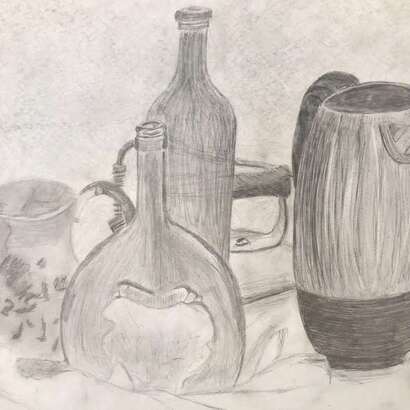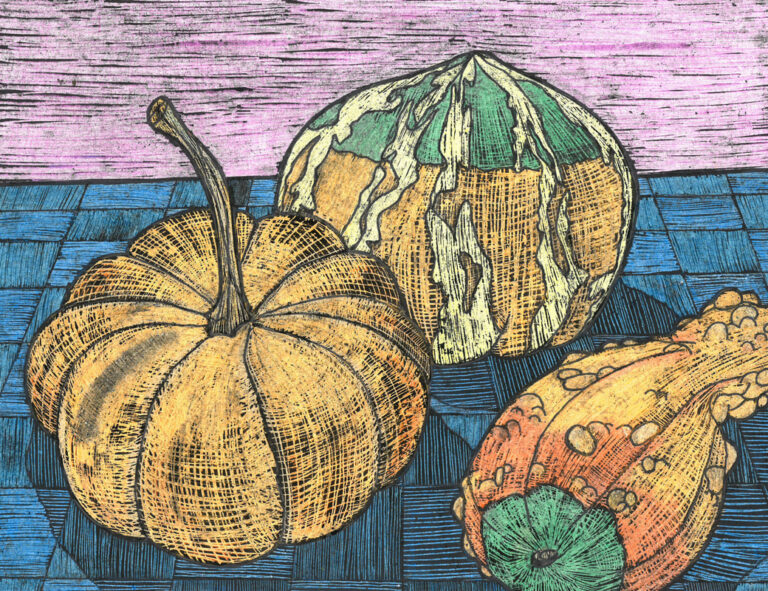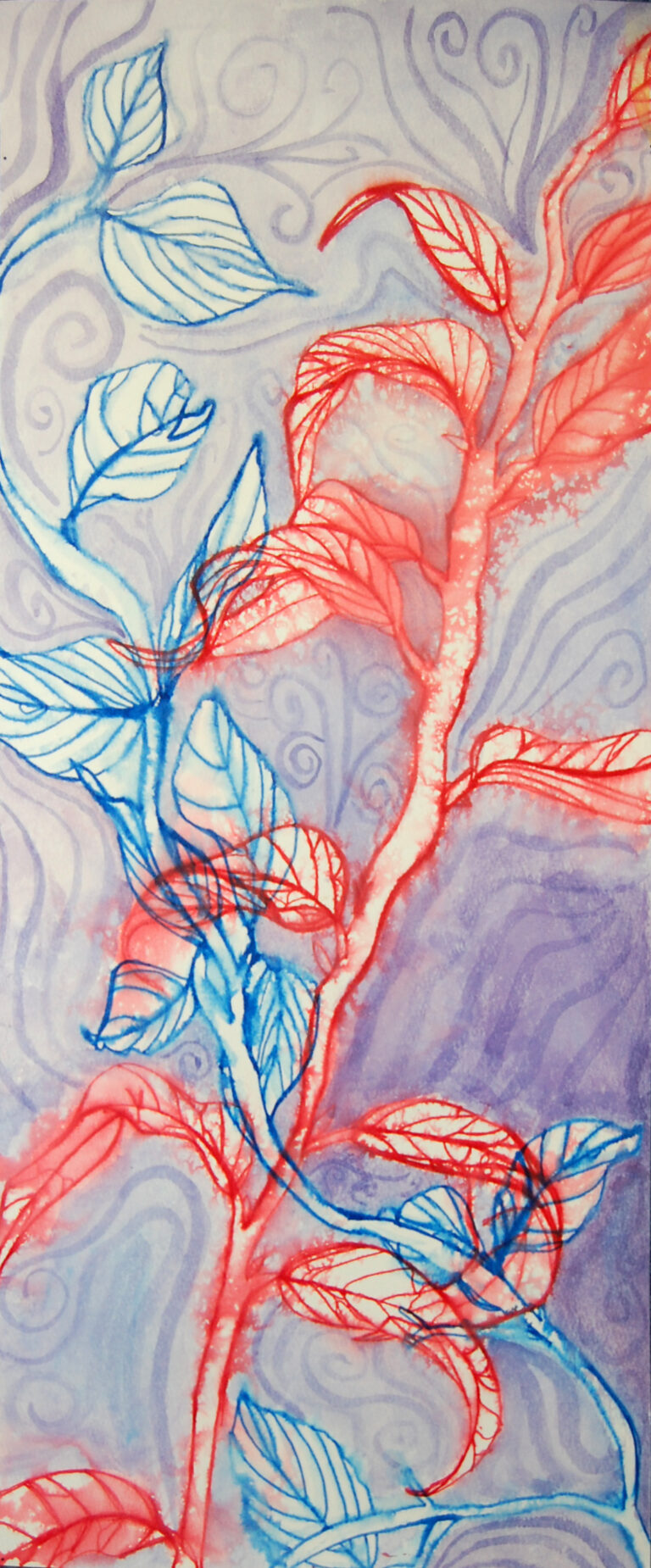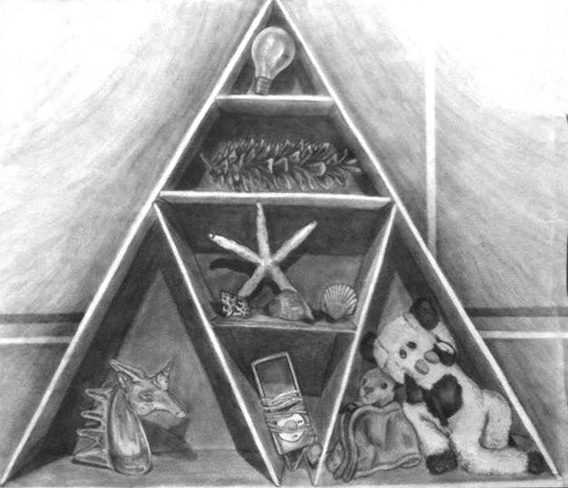Grade Level
9-10Duration
9 classes total, one hour per class
Materials
– Graphite drawing pencils
– Erasers
– 9”X12” paper
– 12”X18” paper
– Objects of varying size and shape
Media
Drawing
Lesson Objectives
– To become a better observer
– To learn what makes for an effective still life composition
– To create a finished still life that demonstrates an understanding of balance, line, composition and shading
Introductory Activity
Students will complete a series a blind contour and gesture drawings that involve the objects to be used later in the still life. For the blind contours, students will draw the objects, focusing on contours, without looking at the paper. The point of this exercise is to make them better observers. For the gesture drawings, students will draw the objects quickly and roughly, using big sweeping strokes and breaking the objects into individual shapes to create a proportionate finished object.
Lesson Process
1. Students will be shown a number of thoughtfully crafted still life compositions, some created by professional artists and others by students.
2. Students will be asked to discuss what they see in the still lifes and comment on why they feel the piece is successful or not.
3. Students will be taught what qualities to look for in an effective still life (balance, overlapping, variation in object shape and size, etc.).
4. Students will be introduced to the concept and process of blind contour drawings and then asked to create their own blind contour drawings, each using a different object for a specified amount of time.
5. Students will use a variety of objects to create their own thoughtfully arranged still life.
6. Students will draw their still life compositions, starting with quick, rough, gestural lines and eventually adding shading and detail.
Vocabulary
still life, composition, contour drawing, blind contour drawing, balanceResources
Blind Contour Drawing Tutorial
Still Life Drawing Techniques
Author & Website/Blog
Supporting Images









